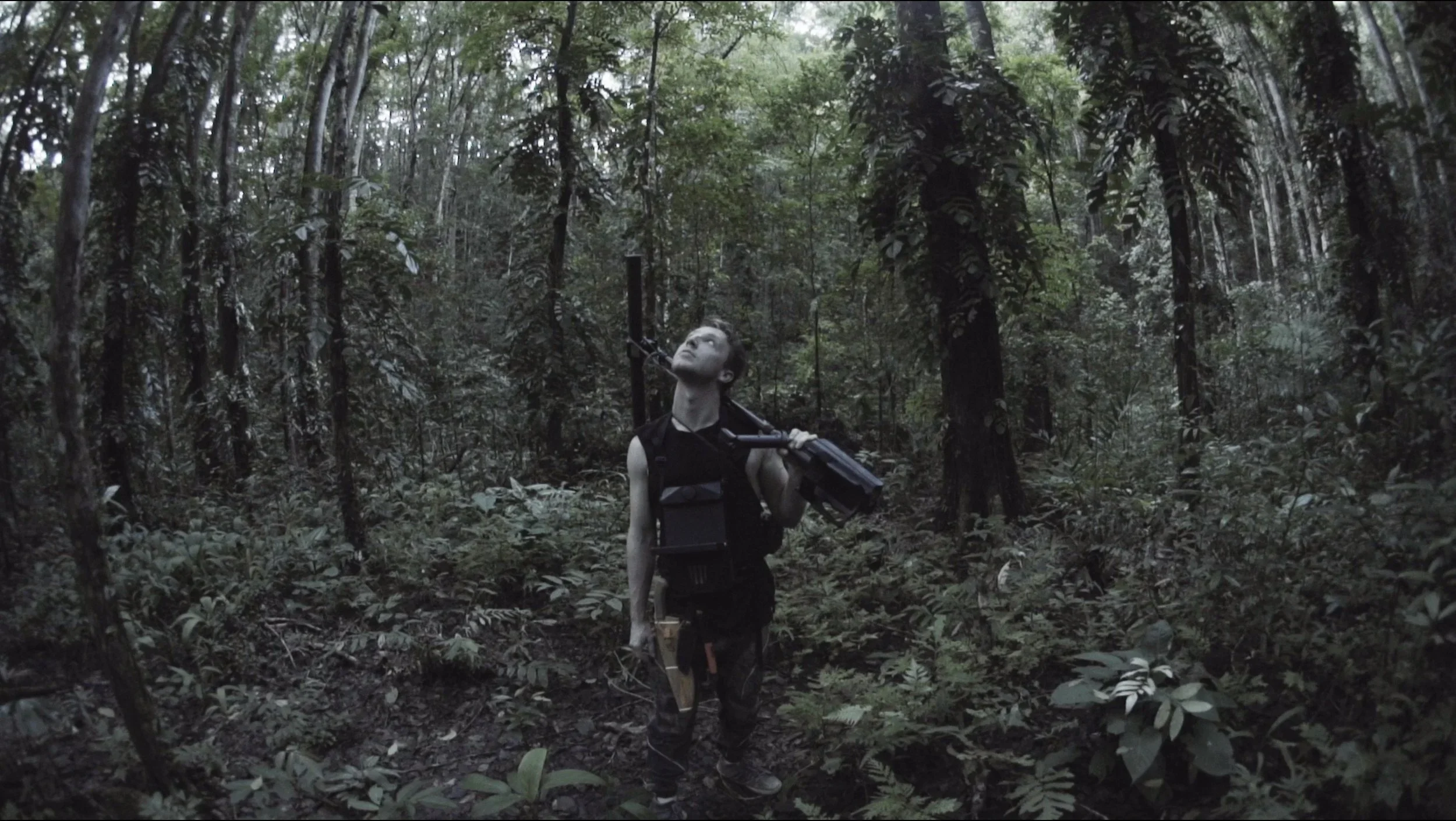‘Bayani’ REVIEW: Raymond Red’s Rare, Provocative Reimagining of Philippine History
‘Bayani’ REVIEW: Raymond Red’s Rare, Provocative Reimagining of Philippine History
Julio Diaz as the “Supremo” in Bayani alongside Ronnie Lazaro (left) | Still taken from the film’s official Facebook page
With our assortment of recent Philippine history pieces like Heneral Luna, Goyo, or even the more recent GomBurZa, it’s frankly interesting to see how vastly unexplored and depthless earlier attempts compare to what could be seen now (that, or the lack of anything tied to it). It’s the type of stuff that I feel Jose Rizal is rightfully criticized for: a seemingly objective, infallible approach to the iconified ilustrado.
It’s the very same contention debated throughout Bayaning Third World considering the array of texts that pull a portrayal of Rizal in multiple directions; of which the same applies to various characters in this period. How else can one really encompass pages upon pages of text of such figures in film without fully compromising accuracy?
In Bayani, it seems that Raymond Red had an answer as early as 1992. The aim of Bayani, according to him, isn’t to follow textbook accuracy, but “to provoke new thinking.” This is a film that goes through the history of the Philippine revolution centered around Bonifacio, albeit with many tweaks. Though a narrative film by design, it leans heavily on voiceover from cultural artist Edru Abraham as he details key events that take place throughout the revolution.
Red also makes the incredibly glaring omission of names, save for Jose Rizal, by identifying characters within the revolution not by their names but by their titles. (Bonifacio as Supremo, Aguinaldo as the General, etc.) Crucial to all of this, though, are the inclusions of very brief but important dream sequences that attempt to psychoanalyze Bonifacio in the crucial moments.
Raymond Red is considered a revolutionary for his contributions in the realm of Philippine alternative cinema, and in that regard, Bayani propels itself well on those creative freedoms. He treats the portrayal of Philippine history as a lingering nightmare, employing on multiple occasions these silhouette shots of figures that make for a haunting spectacle.
Having spent his time as a painter during his undergraduate years, a good chunk of his works are multidisciplinary applications by nature. Bayani presents itself as the perfect blend of stunning visuals and well-paced story. The shadowplay of violence that lingers throughout plenty of sequences here cast themselves as a figurative, lingering shadow on the country.
Raymond Alsona as the “General” / Emilio Aguinaldo looking at a sword akin to the poses seen in Lawrence of Arabia | Still taken from the film’s official Facebook page
Bayani pleasantly finds itself to be accentuated in its visual decisions by a creatively casted set of characters. Notwithstanding Julio Diaz’s incredibly clean-shaven and machismo depiction as Bonifacio, the coterie of characters whose real-life counterparts are certainly intriguing in their own right.
From a surprisingly deceptive Soliman Cruz as Teodoro Patiño to John Arcilla’s as Mariano Noriel (the latter’s performance is truly foreboding with his eventual casting in Heneral Luna), this film is scattered with surprising faces. Edru Abraham of the Kontra-GaPi ensemble provides voiceover throughout the film, and his reveal as a soldier who participates in Bonifacio’s execution provides a tense revelation, having transformed the film into a pseudo-documentary with the angling of his narration.
To that end, the visual treat that accompanies Bayani is a well-regarded endeavor. This is in spite of that narration occasionally taking a bit of the immersion away, and a few short moments where one could catch a flat delivery of a couple lines or so. Don’t let its flaws take away from the beauty of this film.
It’s really a blessing to be able to see Bayani at a time where Raymond Red’s features are not so easy to find. Its rarity adds even more mystique to it, where the chance to witness it and appreciate its methods alters a perspective on how historical films in the Philippines were developed. In the hands of an underground and alternative movement, a now-understood, then-unconventional perspective on the Philippine Revolution could be conceived.
By stripping away names and portraying sections of history through figurative and literal shadows, Raymond Red built an incredibly intriguing perspective that lingers beyond the textbooks and documents it lifts from. A rare gem of Philippine cinema that deserves more attention.
Bayani was screened at the UP Film Institute last July 17, 2025. All quotes from this review can be attributed from the talkback featuring Raymond Red that occurred after the film was screened.














